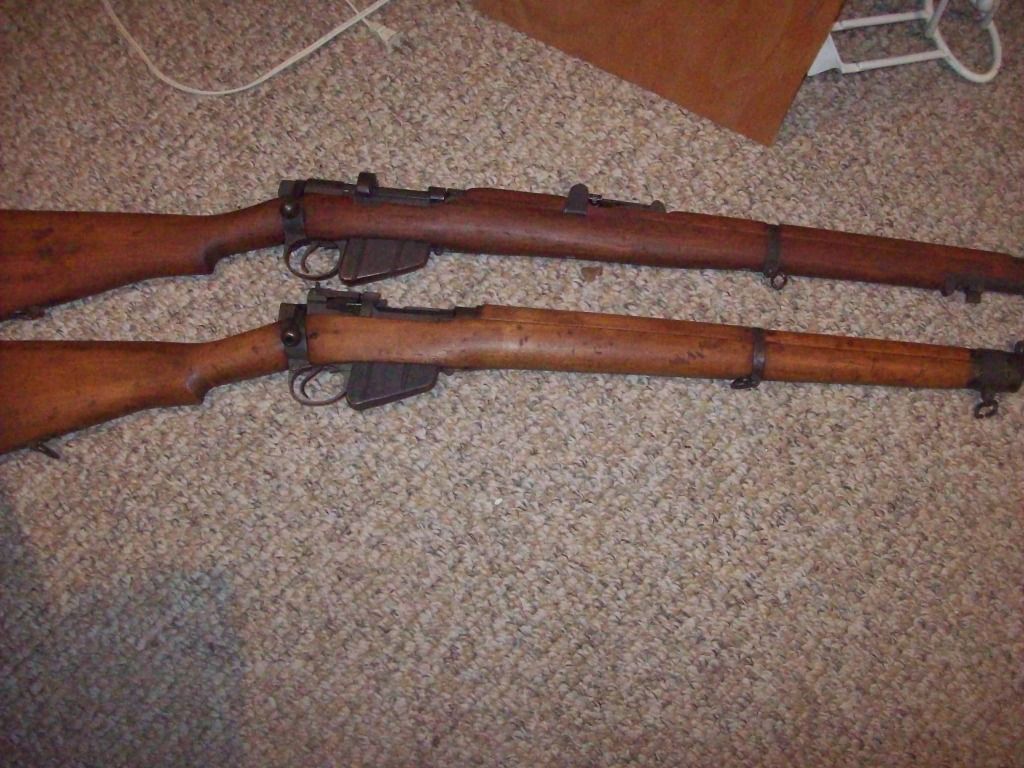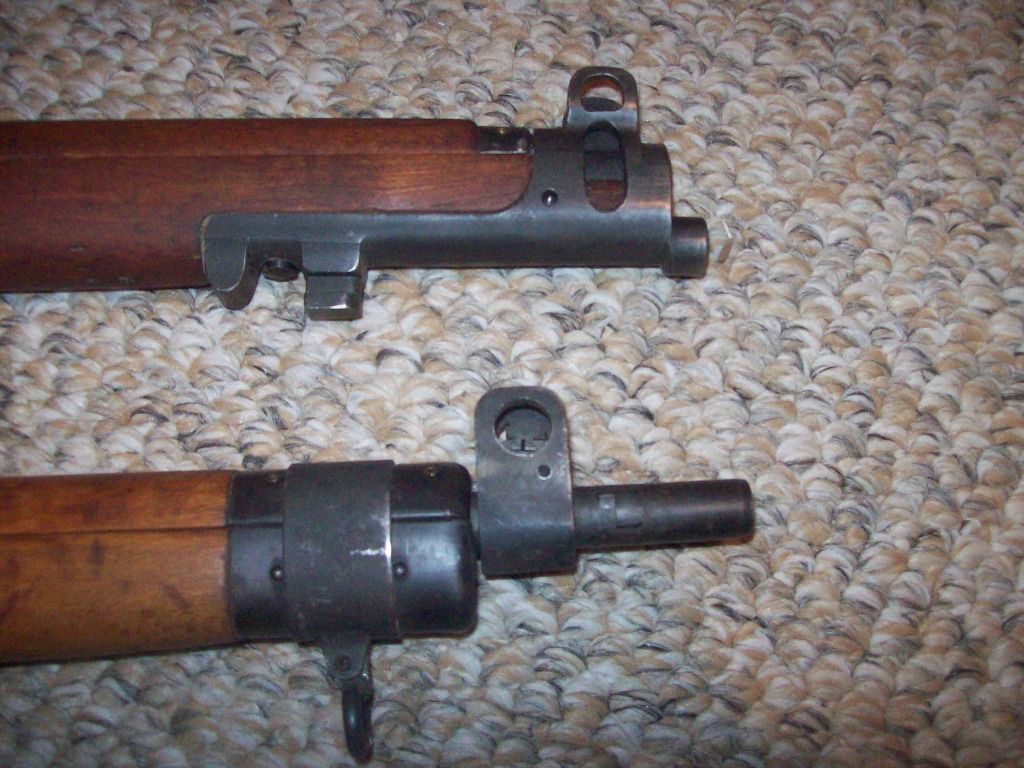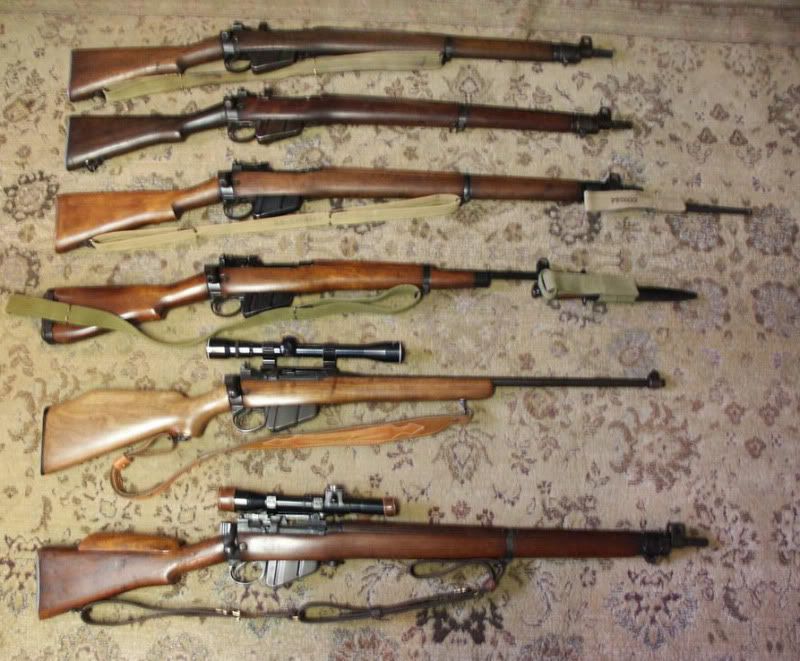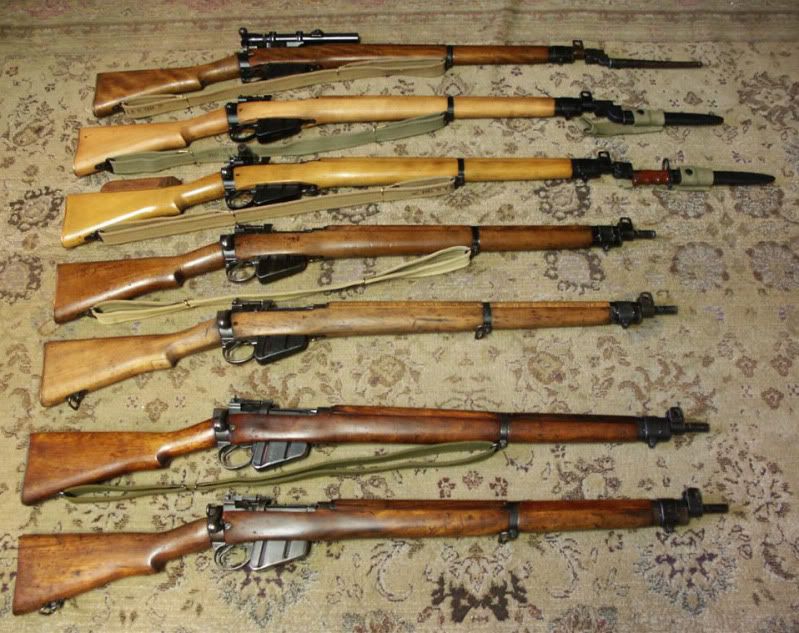Fishing Taco
Inactive
Hello all, Im new to shooting and hunting, but have allways been interested. My parents and girlfriend were asking what i want for christmas, i have everything i need for the time. so i jokingly said a rifle. well they got me one 
My dad told me it is a enfield no 4 mk1. after that i wont know anything else till christmas. I have done some research but havent really gotten anything usefull out of it(just history babble). and i have lurked in these forums and did a search to no prevail
So i ask you,
What are the pros and cons of the Enfield no4 mk1? do their innerworkings break or malfunction? could i claim a deer from 100 or 200yrds with practice?
Any other info you care to share?
Thank you all.
My dad told me it is a enfield no 4 mk1. after that i wont know anything else till christmas. I have done some research but havent really gotten anything usefull out of it(just history babble). and i have lurked in these forums and did a search to no prevail
So i ask you,
What are the pros and cons of the Enfield no4 mk1? do their innerworkings break or malfunction? could i claim a deer from 100 or 200yrds with practice?
Any other info you care to share?
Thank you all.












